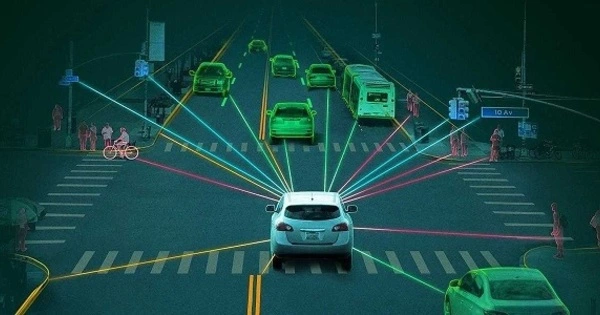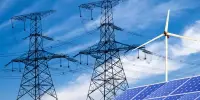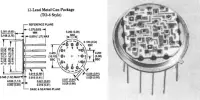Depending on how they are deployed and integrated into the transportation system, self-driving cars have the potential to both enhance and aggravate traffic problems. According to a new study, “connected” vehicles, which wirelessly share data with one another, greatly enhance travel time through junctions – while automated vehicles can actually slow travel time through intersections if they are not connected to one another. Who is the perpetrator? Safety.
“There are two significant reasons why people are interested in automated vehicles: improving passenger safety and reducing travel time,” says Ali Hajbabaie, associate professor of civil, construction, and environmental engineering at North Carolina State University and first author of a paper on the work.
“A lot of research indicates that automated vehicles can improve safety.” But, according to our research, which is based on computational modeling, if we want to improve travel time, increasing the number of automated vehicles isn’t enough; we also need vehicles that can communicate with each other and with traffic-control systems that manage traffic flow at intersections.”
We discovered that higher percentages of unconnected AVs actually slow travel times through intersections. This is due to the fact that those AVs are programmed to drive cautiously in order to reduce the risk of collisions. Our findings highlight the need of putting connectivity into automobiles as well as traffic-control systems.
Ali Hajbabaie
The researchers employed a computational model that simulated traffic conditions for the study. The researchers took into account four types of vehicles: human-driven vehicles (HVs), connected vehicles (CVs), which are driven by humans but share information with other connected vehicles and the traffic light control system, automated vehicles (AVs), and connected automated vehicles (CAVs).
“Because of their programming, AVs are assumed to move more cautiously compared to human drivers,” Hajbabaie says. “Their safety stems, in part, from their being programmed to drive conservatively. CVs and CAVs are designed to receive information about the future state of traffic lights and adjust their speeds to avoid stopping at intersections. As a result, the movement of CVs and CAVs is expected to be smoother – and have a lower number of stops — than HVs and AVs.”

The researchers ran 57 traffic simulations to see how a variety of variables affected travel time through an intersection. For example, the researchers investigated how different combinations of HVs, AVs, CVs, and CAVs would effect traffic.
One obvious conclusion was that the bigger the proportion of CVs and CAVs, the greater the intersection capacity. In other words, if more vehicles on the road were linked, more vehicles could pass through the crossing faster. Higher capacity also means that there are fewer vehicles waiting in line at a red signal on average.
“However, we discovered that higher percentages of unconnected AVs actually slow travel times through intersections,” Hajbabaie explains. “This is due to the fact that those AVs are programmed to drive cautiously in order to reduce the risk of collisions. Our findings highlight the need of putting connectivity into automobiles as well as traffic-control systems.”
“This study was conducted using a computational model, which was a limiting factor,” Hajbabaie explains. “However, assembling a mixed fleet of HVs, AVs, CVs, and CAVs in a connected traffic-control system is difficult and expensive.” Field tests using human drivers might potentially raise safety concerns, emphasizing the need of these modeling research; we want to discover possible problems now, rather than when actual lives are at stake.”
















